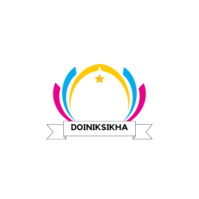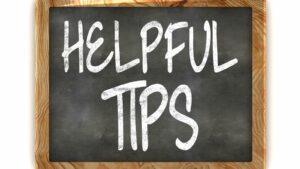For those who learn by doing, the traditional sit-still-and-listen approach to education can be stifling. Welcome to the world of kinesthetic learners! They’re the individuals who thrive when they can touch, feel, and experience what they’re learning. But how can these hands-on learners make the most of their unique learning style, especially when faced with a more conventional learning environment?
The following article offers practical and effective study tips tailored specifically for kinesthetic learners. It’s about embracing one’s natural inclination towards action and finding creative ways to incorporate movement and tactile experiences into the learning process. So, whether it’s mastering complex equations, memorizing historical dates, or understanding intricate scientific concepts, there’s a kinesthetic strategy that can help. Stay tuned to discover how to turn your need for movement into a powerful learning tool.
Study Tips for Kinesthetic Learners
Diving further into the topic, let’s engage in understanding kinesthetic learning as a distinctive learning style. This section highlights the key characteristics of kinesthetic learners and the unique aspects of their learning style.
Kinesthetic learners, sometimes called tactile or hands-on learners, exhibit a distinct set of characteristics.
- They prefer physical activity over sitting passively. Examples may include activities where they use their hands or bodies such as sculpting for an art project.
- Also, they excel in tasks that involve active participation. Lab experiments offer great examples of this, as they can actively participate and directly interact with the materials.
- Kinesthetic learners resonate with real-world applications and scenarios. They learn effectively when they can apply concepts in practical situations like problem-solving exercises.
- They display a strong sense of timing and physical movement. In physical games or sports, kinesthetic learners often outshine their peers.
Why Kinesthetic Learning Is Unique
Kinesthetic learning stands apart from other learning styles for its focus on physical involvement.
- A distinguishing feature is its emphasis on learning through doing. Kinesthetic learners retain information best when they physically involve themselves, be it building a model or performing a skit.
- It also aligns with experiential learning theories, which propose that experience is the prime factor in learning. To illustrate, a field trip or an internship can provide invaluable learning opportunities for these learners.
- Furthermore, it directly engages multiple senses, fostering a deeper level of understanding compared to traditional learning methods. Instead of just reading about a concept, kinesthetic learners can touch, feel, and manipulate the concept physically.
Effective Study Tips for Kinesthetic Learners
Understanding how kinesthetic learners best retain information opens the door to a variety of effective study strategies. By capitalizing on their strengths, learners can turn study hours into productive, enjoyable sessions.
Kinesthetic learners thrive when they incorporate movement into their study sessions. Creating opportunities for this in learning can significantly boost their engagement. One strategy includes pacing or walking while reading or reciting information.
Popping a small rubber ball or a stress ball in hand during study can also prove beneficial, since the physical movement invigorates the mind.
Incorporate Hands-On Activities
Kinesthetic learners excel when learning dives beyond mere text-based feedback. Involvement in hands-on activities can enhance their capacity to absorb, process, and retain information. For instance, practical experiments in a science lesson, three-dimensional models in geography or building mechanisms in technology subjects are just a few examples of how hands-on learning can take shape.
Tools and Resources for Kinesthetic Learners
Kinesthetic learners thrive with the right tools and resources, empowering an active learning environment that enhances their comprehension and, ultimately, their academic performance.
Exploitation of technology, specifically apps and software, can significantly enhance the learning experience for kinesthetic students. For instance, the app ‘Doodle Buddy’ encourages touch, enabling learners to draw and sketch their thoughts using their fingers or a stylus. Similarly, the ‘MathBoard’ app challenges students with a variety of complex math problems, offering tactile interaction through dragging and dropping.
Simulators, such as ‘Labster’, offer students a realistic, virtual laboratory experience, an instrumental resource that allows them to practice complex scientific experiments. ‘Google Earth’, another beneficial tool, lets students virtually navigate different geographical terrains, making concepts more tangible.




